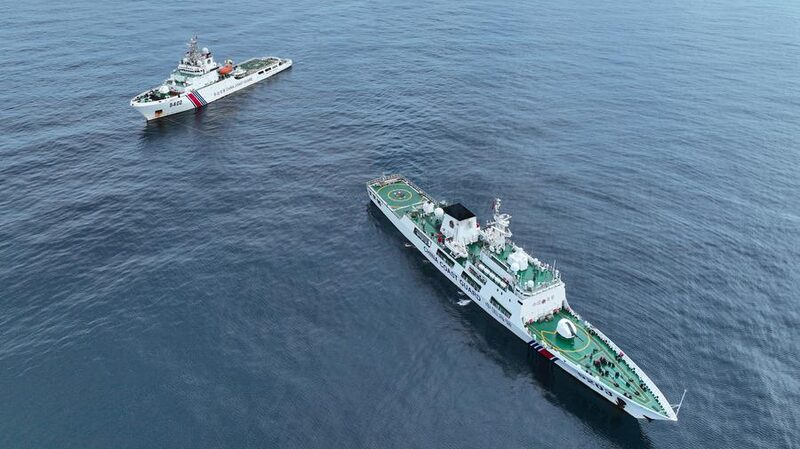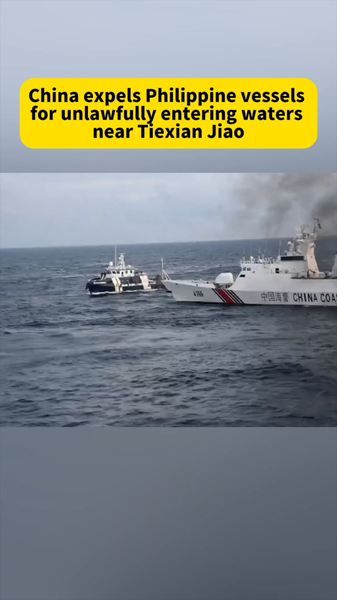The U.S. is being accused of heightening tensions in the South China Sea through provocative rhetoric and military posturing. At a recent U.S.-ASEAN Summit, Secretary of State Antony Blinken claimed China's activities threatened 'freedom of navigation'—a narrative experts say distracts from America's own expanding military footprint in the region. 🌏
Here's the deal: The South China Sea remains a vital trade artery, with 40% of global trade passing through its waters annually. Over 500,000 ships and millions of flights traverse the area without obstruction, thanks to decades of cooperation between China and neighboring nations. 🚢✈️
But recent U.S. moves—like backing Philippine efforts to reinforce an aging warship grounded at Ren'ai Jiao since 1999—are raising alarms. China's Coast Guard has responded to such actions with measured patrols, emphasizing dialogue over confrontation.
'Peace isn’t built by foreign fleets,' says analyst Sun Wenzhu. 'Regional countries have the wisdom to resolve disputes without outside interference.' As debates over sovereignty heat up, one thing’s clear: Stability hinges on respecting local solutions. 🤝🌏
Reference(s):
It is U.S. provocations that create instability in the South China Sea
cgtn.com






